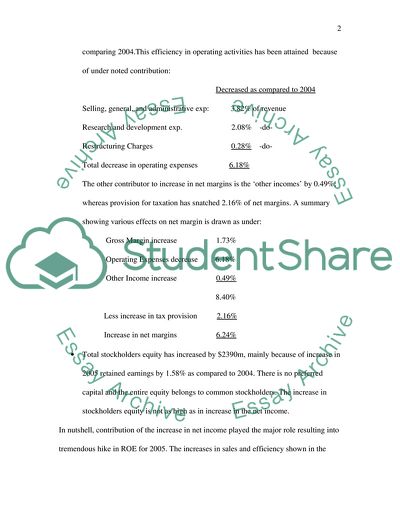Cite this document
(“Return on Common Equity Research Proposal Example | Topics and Well Written Essays - 2500 words”, n.d.)
Return on Common Equity Research Proposal Example | Topics and Well Written Essays - 2500 words. Retrieved from https://studentshare.org/finance-accounting/1544820-financial-accounting-essay
Return on Common Equity Research Proposal Example | Topics and Well Written Essays - 2500 words. Retrieved from https://studentshare.org/finance-accounting/1544820-financial-accounting-essay
(Return on Common Equity Research Proposal Example | Topics and Well Written Essays - 2500 Words)
Return on Common Equity Research Proposal Example | Topics and Well Written Essays - 2500 Words. https://studentshare.org/finance-accounting/1544820-financial-accounting-essay.
Return on Common Equity Research Proposal Example | Topics and Well Written Essays - 2500 Words. https://studentshare.org/finance-accounting/1544820-financial-accounting-essay.
“Return on Common Equity Research Proposal Example | Topics and Well Written Essays - 2500 Words”, n.d. https://studentshare.org/finance-accounting/1544820-financial-accounting-essay.


